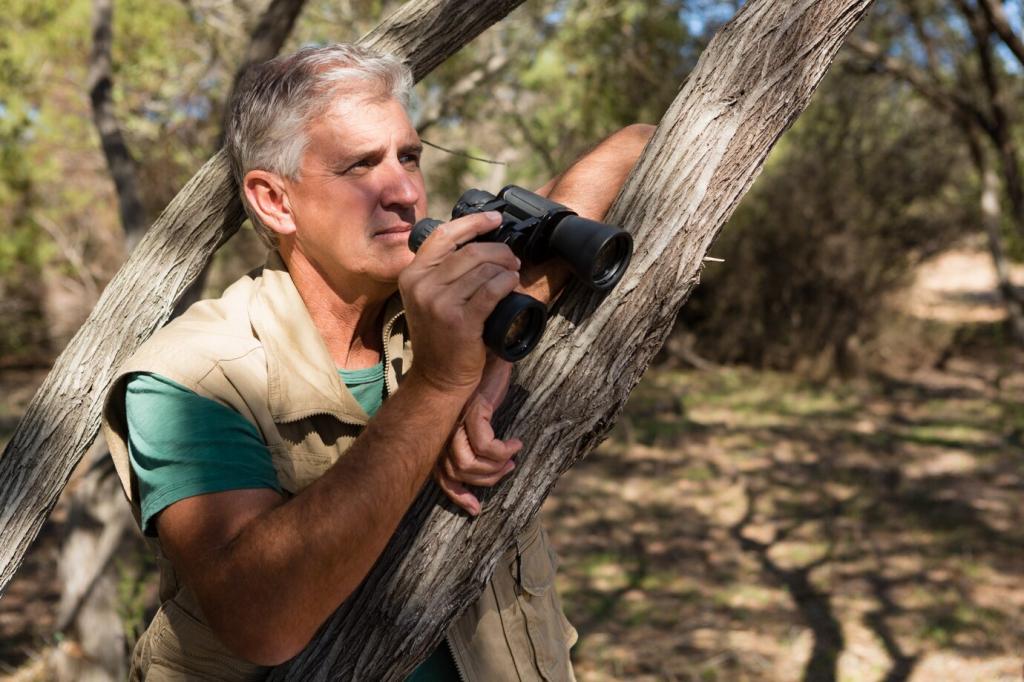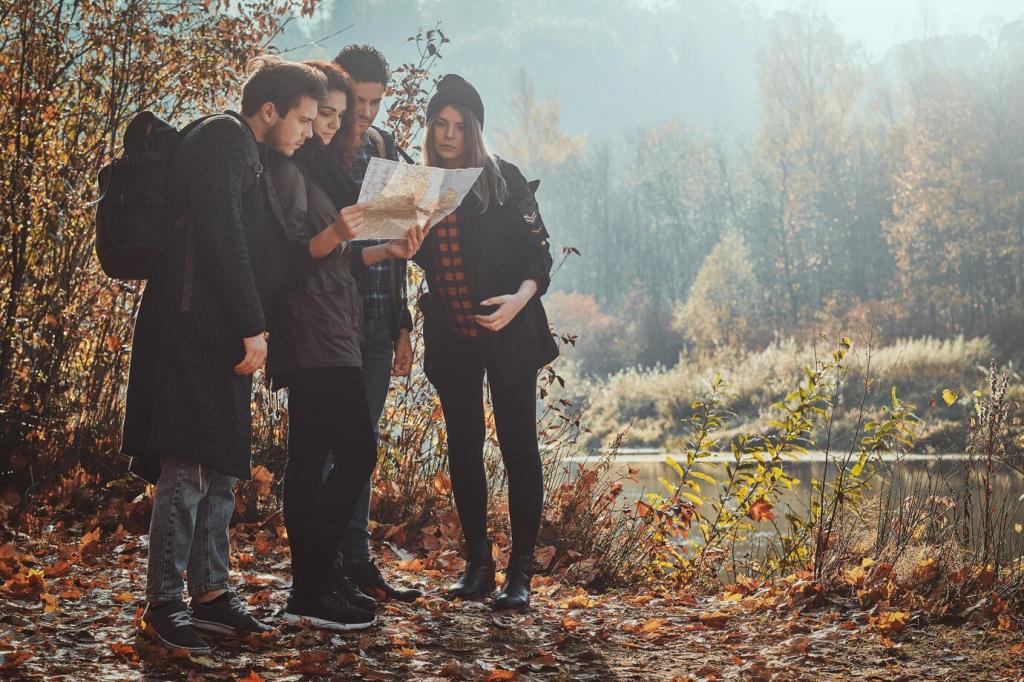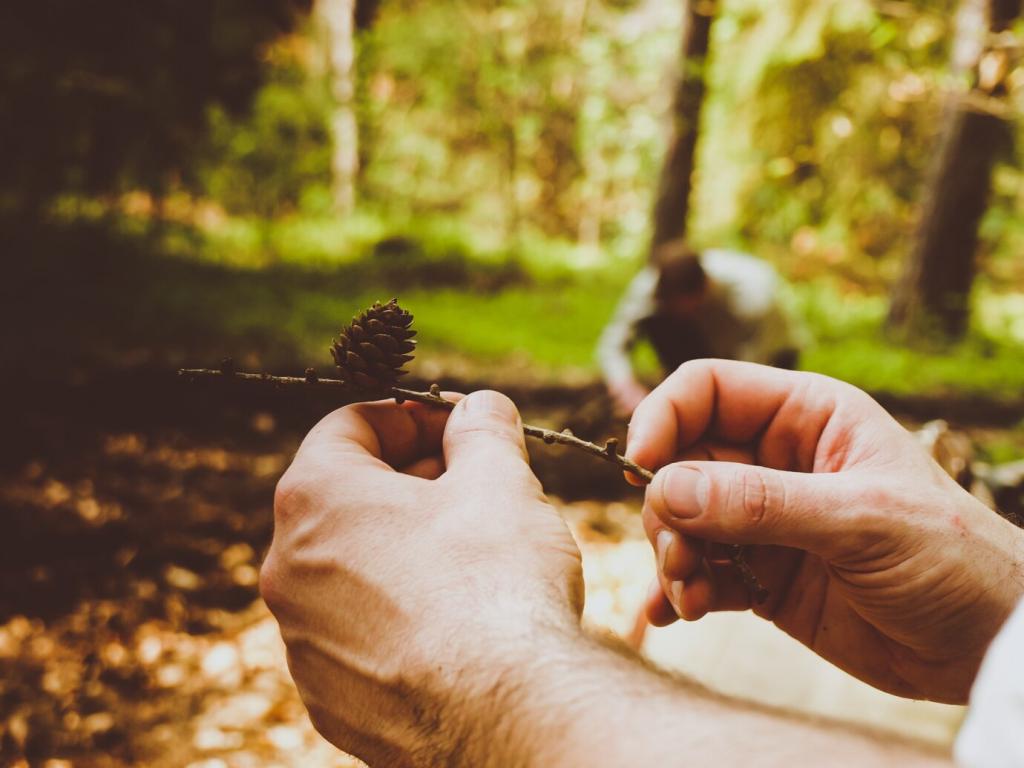Ethical Outdoor Recreation
Follow distance rules—many parks advise at least 25 yards from most wildlife and 100 from bears or wolves. Use binoculars, not zoomed footsteps. Comment with your favorite respectful wildlife encounter and what distance actually felt comfortable.
Ethical Outdoor Recreation
Voices carry. Keep conversations soft, skip speakers, and avoid wildlife playback that can stress territorial birds. Let the forest be the soundtrack. Try a “quiet hour” on your next trail and share what you heard that you never noticed before.





